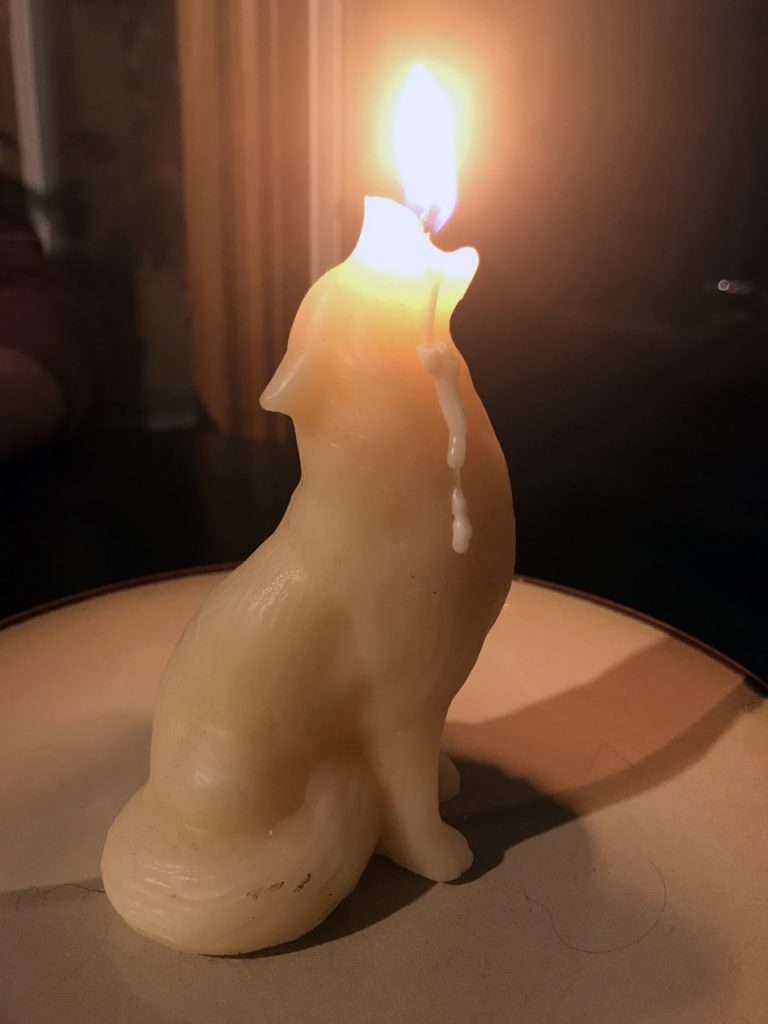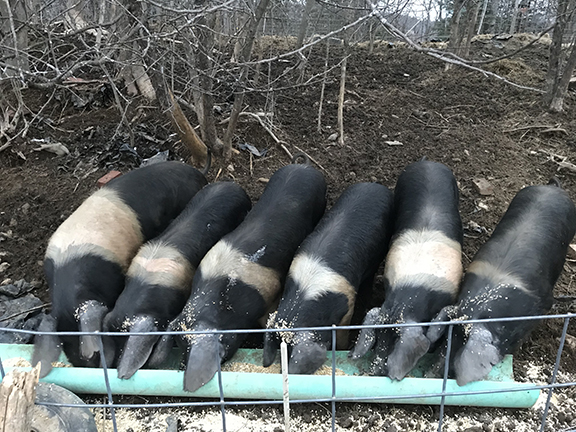Family Creates Warmth in the Cold of Winter
Winter quiet brings a space for thinking that I never seem to have time for during the busier seasons, so I’ve been mulling about the meaning of family. If you come from a relatively small birth family like mine (no siblings), the word family has a little more flexible meaning than it might for other…

